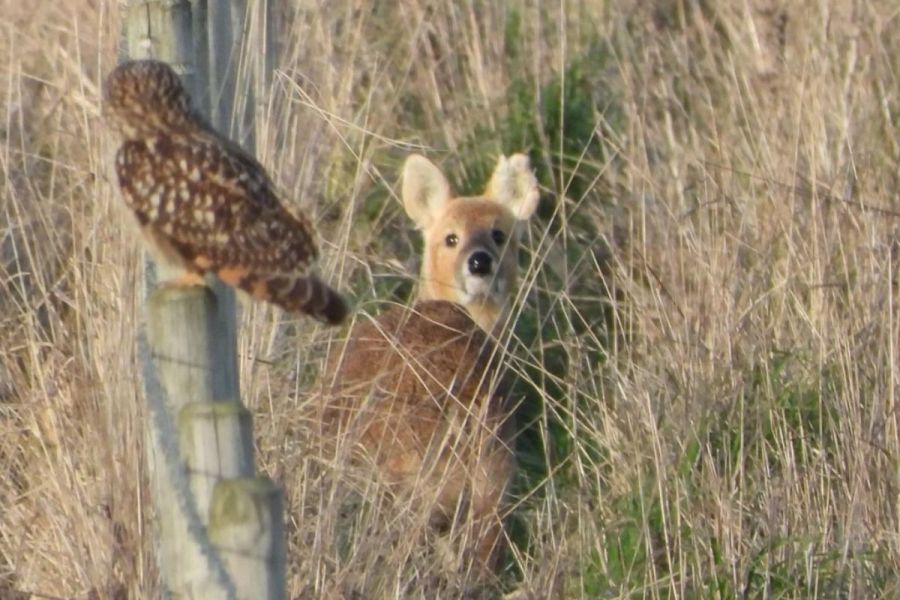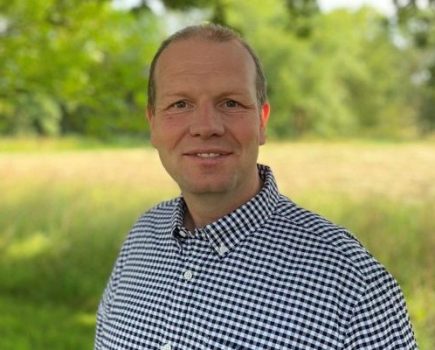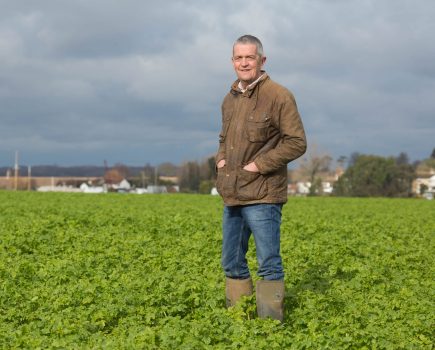By Guy Smith
Call me cynical, but the latest BBC natural history offering, ‘Wild Isles’, could be taken for a subliminal advert for the work of certain wildlife charities. The website that goes with the programmes even steers you into their direction.
As you might expect, such organisations are particularly vocal at the moment when it comes to their well-worn narrative about the evils of agriculture when it comes to our wildlife. I suspect this is only to be expected while there is an general election on the horizon and there’s a sizeable chunk of Defra spend up for grabs.
When the Brexiteers promised the UK’s CAP budget of £3.5 billion would be maintained, many of us suspected there might be a catch. It turns out the catch is most of that spend is going to concentrate on the environment not agriculture. To ensure this happens, the wildlife lobby have turned up the volume of their campaigning narrative about the biodiversity devastation caused by agriculture and through the ‘Wild Isles’ series, they’ve got the BBC to act as a recruiting sergeant.
I say all this with mixed feelings. Firstly because the camera work and the footage in the programmes is very entertaining. I always find the ‘how we made this film’ section at the end of each episode illuminating. Basically, it’s about how camera crews and production teams hang around for weeks, if not months, until the right shot comes along. It seems a lot of resource for a few seconds of footage. What all this costs I’m not sure but, none the less, the results are striking.
Also, I’m wary of criticising the series because of the heavy involvement of David Attenborough. Given his age and his reverence, criticising Sir David feels as foolish and uncomfortable as having a pop at the pope or saying something negative about the late Queen. While it feels legitimate to question the likes of Chris Packham, when it comes to Sir David, you feel you do so at your peril. However, it strikes me that he’s the sort of bloke who wouldn’t take personal offence if someone politely takes issue with him.
One curiosity about the series was that it seemed to be a story of conservation successes, intercut with apocalyptic warnings that British wildlife is in a terrible state, with many species facing extinction. As is often the case in wildlife programmes, agriculture is portrayed as the bad guy. Not for the first time there was little or no mention of household cats or increased traffic on rural roads or newly poured acres of concrete on building projects. Again, the cynic in me senses an NGO agenda here where it’s better to attack farming rather than cat, car or house owners. When it comes to potential members for conservation NGOs, there’s a lot more car and cat owners than there are farmers.
What is depressing for my generation of farmers is the sense we are in the dock for something that happened before we took on the management of our farms. No one would deny the radical changes that UK farming saw after the Second World War wasn’t good news for farm wildlife. But the point is, most of those negative changes have been reversed in the past 20 to 30 years. The environmentally damaging pesticides have been banned. The hedge grubbing has stopped, and a huge programme of hedge planting undertaken. The new drainage has stopped and thanks to dilapidation, re-wetting has begun.
Alongside this, we’ve had a series of agri-environmental schemes introduced over the past 30 years involving billions of pounds and millions of acres. Most important, there has been a fundamental change in mindset with most farmers when it comes to the impact of farming on wildlife. How we get this properly acknowledged is probably a challenge for the next generation.
This article was taken from the latest issue of CPM. For more articles like this, subscribe here.
Sign up for Crop Production Magazine’s FREE e-newsletter here.




